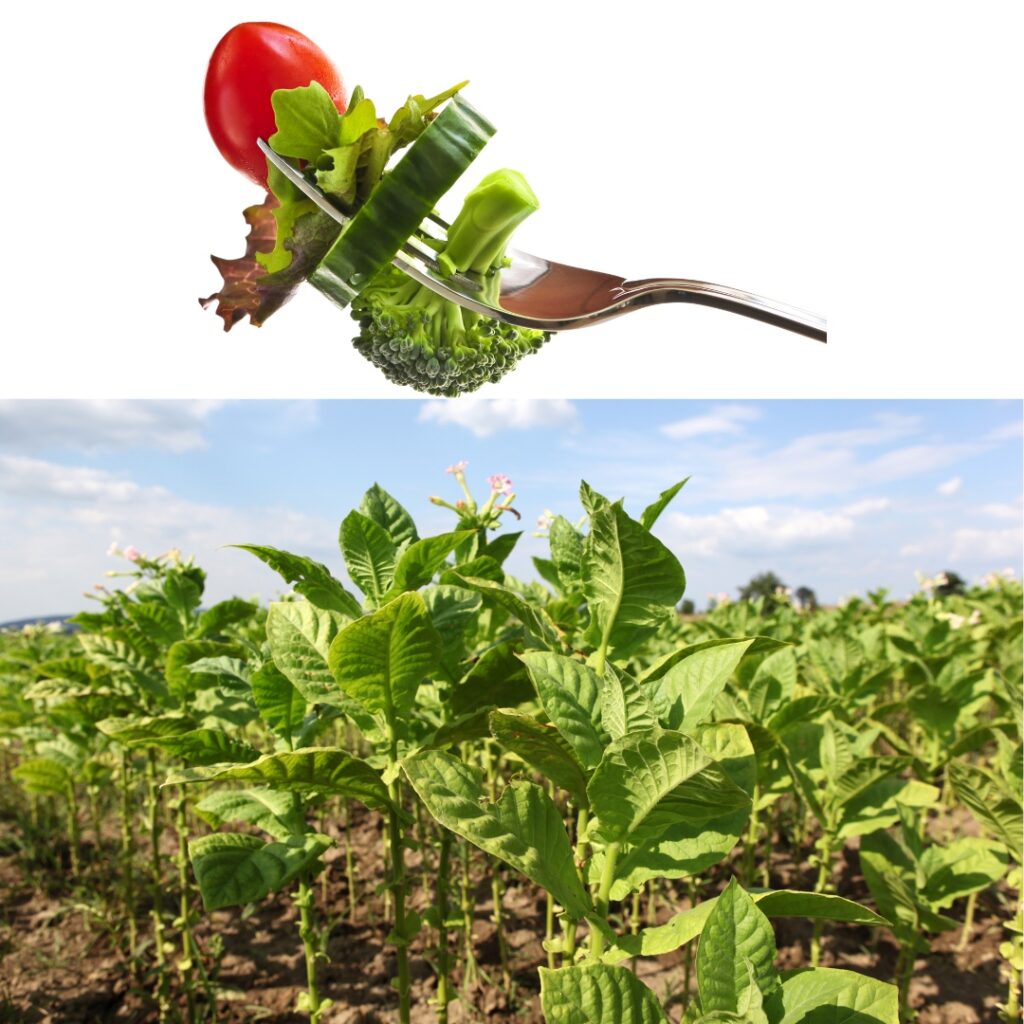By Betsy Craig
The practice of Farm to Fork agriculture and dining is not new. It’s been around for decades, but its popularity is surging right now. You may also know of Farm to Fork by some of its other monikers: Farm to Table and Farm Fresh. Though the terminology varies slightly, the general concept is the same: food on the menu comes from locally sourced farms that use sustainable agricultural practices. The Farm to Fork Initiative states they “…need to make sure that no one is hungry, the food we eat is safe and healthy, the people who harvest, stock and serve the food are treated fairly and the way we grow and distribute food respects our natural resources and the environment for generations to come” (farmtoforkinitiative.org).
The philosophy and ethics of Farm to Fork, as an agricultural practice, are noble.

They are tapping into the concerns and cares of many people. People care about the environment. They care about sustainability. They care that farm workers are treated fairly. They care about supporting local businesses. It’s easy to see that all of this is well-intentioned. But, regardless of intentions, if you are someone with food allergies, food intolerances, or other dietary restrictions, dining at a Farm to Fork location could mean that you’re, well … forked.
So, how does this happen? How can a model that works to do good potentially end up doing harm? It comes down to three things: awareness, consistency, and transparency. MenuTrinfo® provides solutions to these Farm to Fork problems. MenuTrinfo is a company dedicated to ensuring safe food services by providing allergen and nutritional information, as well as employee training and certification. Betsy sat down with Kelley Magowan, MS, RDN, LDN, to discuss some of the specifics of Farm to Fork dining and how MenuTrinfo fits in.
“Several benefits come from eating local food, including environmental, economic, social, and health benefits. It’s also been shown that eating local food can help boost the immune system and fight seasonal allergies, as well as can help support any digestion issues that people with food allergies may experience with other types of food,” Magowan states.

These are positive aspects of Farm to Fork dining that should be considered. But that’s not the whole story. This is where general awareness comes in. Farm to Fork dining services need to be aware that their customers may have food allergies. Chefs and operators need to be aware that those food allergies can be severe and even deadly. They also need to know the ingredients of their menu items and how those items are prepared. This will give them accurate information regarding potential food allergies in their menu offerings, so they can inform their customers accordingly.
Another issue with Farm to Fork dining is the lack of consistency. For instance, there is no universal definition of what counts as “locally sourced.” With multiple working definitions, what is called “locally sourced” can mean a variety of things. There are also inconsistencies with the application of and adherence to the Food Code. The Food and Drug Administration (FDA) generates and publishes a new Food Code every four years. While this provides a framework for ensuring food safety, it is not a guaranteed fail safe. Magowan explains, “…it is up to each individual state to enforce what’s included. Some states are quick to adopt the new Food Code or aspects of it, whereas others are still following the Food Code from more than a decade ago.” She also points out that the Food Code is a series of recommendations and not legal requirements. As you can see, the disparity of what is followed and to what extent depending on what state you are in, leaves gaps in the transparency a consumer might need to know they can dine with confidence.

Magowan points to recent positive changes in the Food Code but notes that it is still difficult to know if dining locations are adhering to those changes. “For instance, the 2022 Food Code states that bulk foods dispensed for consumer purchase must be properly labeled with written notification of major food allergens as an ingredient in unpackaged foods. This is an important new regulation in the code and can greatly benefit the food allergy community, however, not all may be enforcing it.”
In essence, the recommendations provided by the FDA in their Food Code is only effective if dining services follow those guidelines. The industry has been trending in the right direction for almost 20 years, but more needs to be done to ensure the food safety of all consumers. She adds, “…the 2004 Consumer Protection Act requires prepackaged foods to be properly labeled with nutrition, ingredient and allergen information. And the 2010 Menu Labeling Law requires all establishments with 20 or more locations to provide calorie information at point of sale for all menu offerings. However, it does not require ingredient and allergen information to be provided for prepared menu offerings.”
So, why should Farm to Fork dining locations care about this issue?
Read next week in Part Two of this blog to find out.



